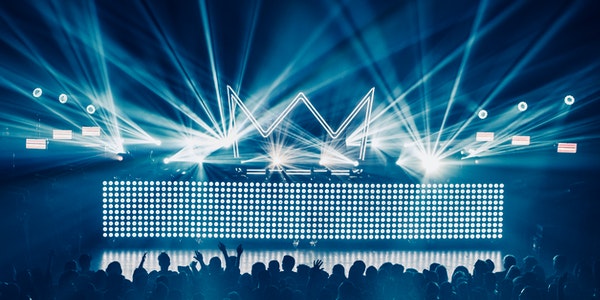Table of Contents
Stage Photography
Concept:
An art form that vividly and perfectly expresses the artistic modeling on the stage through photography.
Subject:
Drama, dance, music, quyi and acrobatics performed on stage
condition:
- The particularity of the lighting is shown as weak light, large changes in light intensity, and strong contrast between stage areas.
- The shooting point is relatively fixed,
- Small changes in shooting distance,
- The plot of the stage performance.
Situation
- Take a snapshot at the performance site
- Take pictures during the rehearsal
- Specially organize photos.
Regardless of the situation, we must:
Be familiar with the plot before shooting.
Understand the performer’s style and performance characteristics.
When shooting, capture important moments or moments of performance or relatively static moments.
Only in this way can we get real and vivid artistic photos.
Stage Shooting Requirements
- To understand the laws and characteristics of different types of art performances,
- To understand the representative scenes constituted by the main “people in the play” in a certain position, make a corresponding shooting plan,
- Prepare necessary photographic equipment, such as small cameras, cross-focus lenses and various additional lenses, high-speed films, etc.,
- Adapt to the plot, choose the shooting position and angle, and master the “moment” of shooting.
Aesthetic characteristics:
Dynamic beauty: is the most important aesthetic feature of stage photography.
Excellent stage photography works reflect the sense of movement of the subject, forming a dynamic beauty.
The best object for stage photography to express dynamic beauty is dance, and the processing of virtual and real images is the key to creating a dynamic photo. It is generally required that the character’s face is clear, in order to fully express their expressions and emotions. The rapid movements of the body of the character must be blurred, so that the picture combines the virtual and the reality, and the movement and the static are contrasted, highlighting the character in the plot and artistic conception.![]()

Indoor Photography
concept
As the name suggests, photography taken indoors
Light
- Indoor shooting because there are a lot of light sources, it will test the photographer’s light technique. There can be many changes in light and shadow as well as color and angle.
Indoor photography equipment requires at least three 400-watt tripod photography lights, preferably with diffusers, condenser plates, etc. One serves as the main light and two sub-lights. One of the auxiliary lights is responsible for filling light on the weak side of the main light, and the other auxiliary light is responsible for lighting the hair behind the character or lighting the background. The changes of these three light sources can be used to shoot people in high-key or environmental photography styles.
- Reflector
The reflector is one of the necessary photographic accessories whether indoors or outdoors.
A general reflector has two surfaces: one is a silver surface that reflects normal incoming light, and the other is a golden surface that reflects normal incoming light as warm light.
There are also many skills required for the application of reflectors. But what is always changing is that we need to compensate for the parts of the subject that are difficult to be involved in the external light source to achieve an overall light balance.
In indoor photography, the main light changes include forward light, backlight and side backlight. We have to make different fill light according to different light changes, so as to achieve the most satisfactory effect.
Flash Trigger
In indoor photography, the flash trigger is an absolutely indispensab
